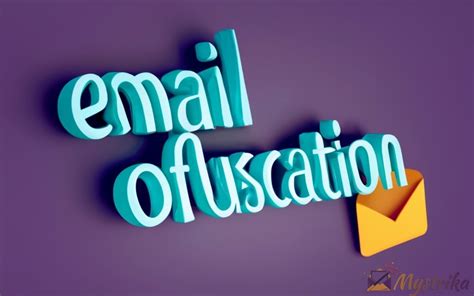In the realm of email protection against spam, the age-old practice of email obfuscation through techniques like SVG and JavaScript has been a topic of debate among web developers and security enthusiasts. The idea behind concealing email addresses within SVG files is to outsmart spam bots that traditionally scrape HTML content for addresses. While some users express skepticism about the efficacy of such methods in the face of modern spam protection technologies, others point out the potential vulnerabilities and limitations of these approaches.
A key argument highlighted in the comments is the shifting dynamics of spam tactics, where many spammers now rely on data breaches and address-collecting malware rather than web scraping for email addresses. This raises questions about the practicality and necessity of elaborate obfuscation measures for email addresses. The consensus leans towards the idea that while email obfuscation may have been crucial in the past, advancements in spam filters and data privacy practices have rendered traditional obfuscation less effective in the current landscape.
Accessibility considerations have also emerged as a critical aspect in the discussion. User experiences shared in the comments shed light on how the implementation of email obfuscation techniques can inadvertently hinder screen readers, voice dictation software, and other assistive technologies. The balance between safeguarding email addresses from spam bots and ensuring a seamless experience for all users remains a key challenge for web developers and site owners.
As the conversation delves deeper into the technical nuances of email obfuscation, various methods and alternatives are proposed by commenters. From embedding email addresses in SVG images to using inline data URIs for improved security, the discourse reflects the ongoing quest for effective and user-friendly strategies to mitigate spam and protect sensitive information online. It underscores the importance of staying informed about evolving spam tactics, accessibility standards, and data protection practices in the digital age.
In conclusion, the debate surrounding email obfuscation serves as a microcosm of the broader discussions on cybersecurity, privacy, and user experience in the online ecosystem. While historical practices like email obfuscation have played a role in shaping web security protocols, the need for adaptable and holistic approaches that align with evolving spam mitigation strategies and accessibility requirements is more pressing than ever. By critically examining existing techniques and incorporating user feedback, web developers can navigate the complexities of email protection while upholding the principles of usability and data security.


Leave a Reply